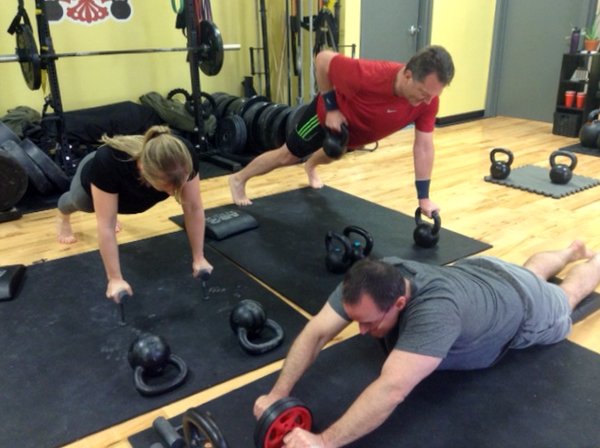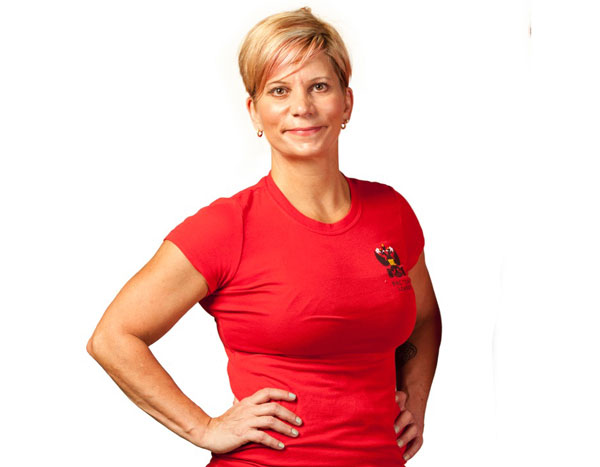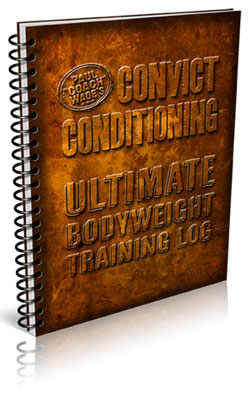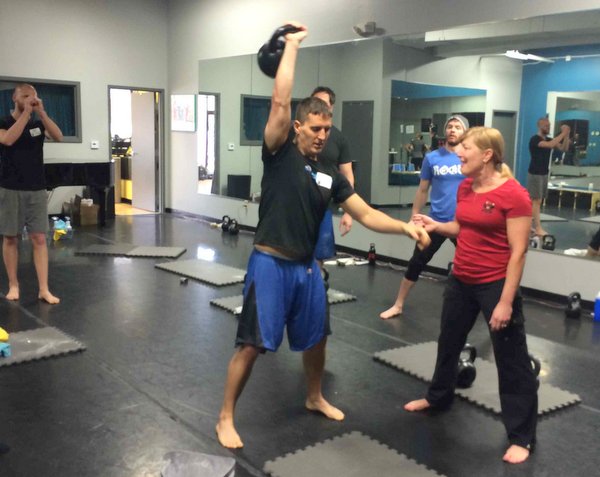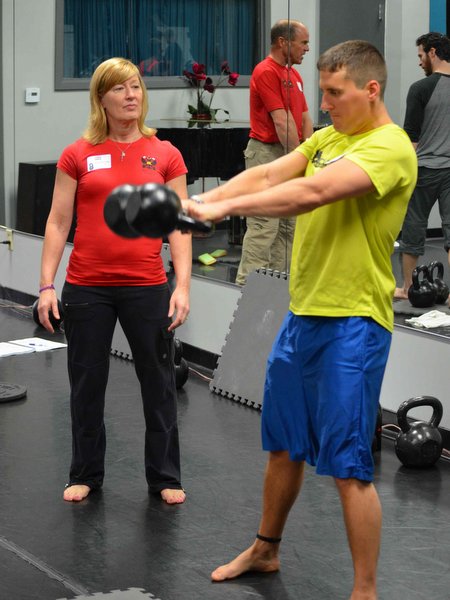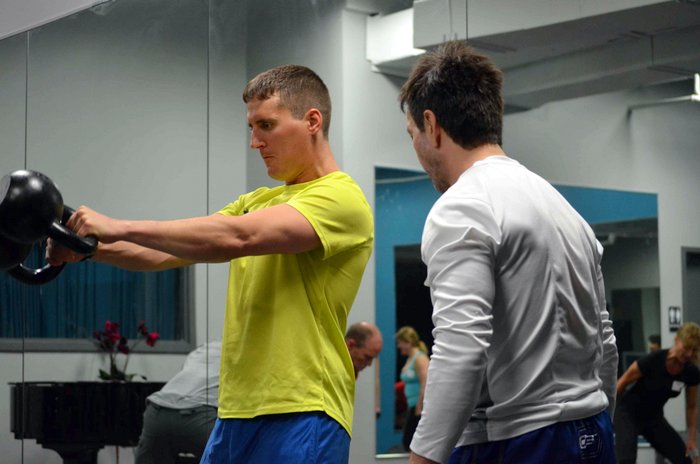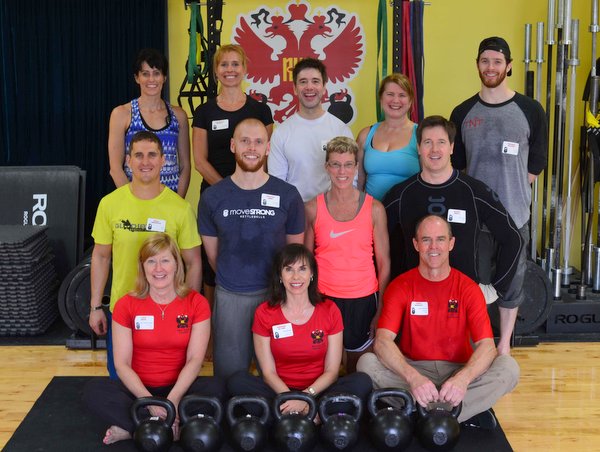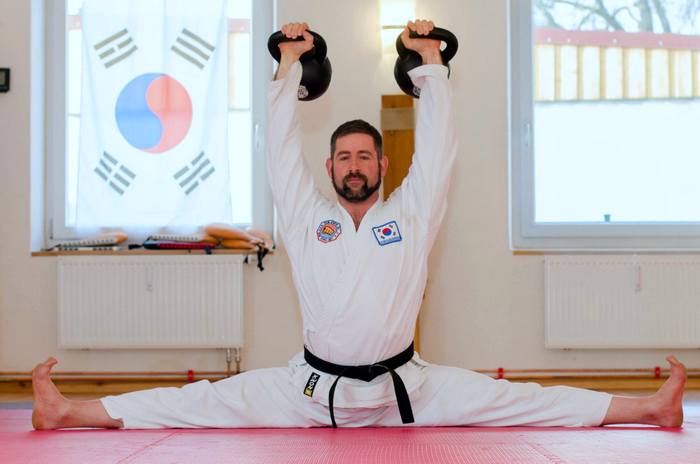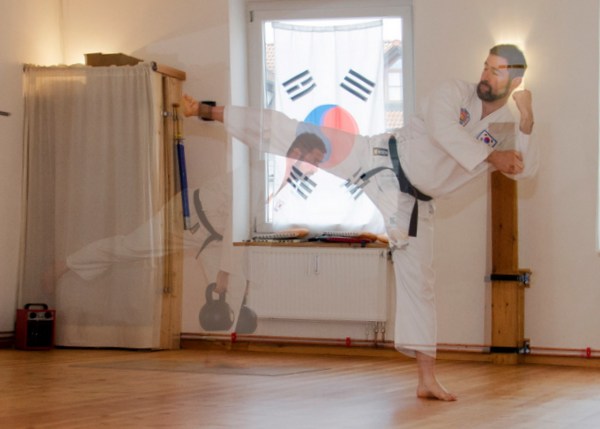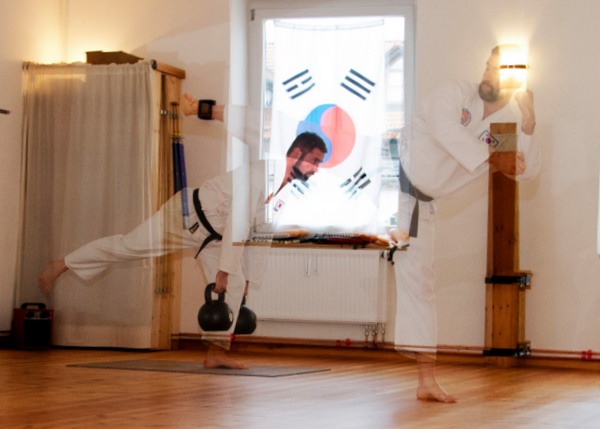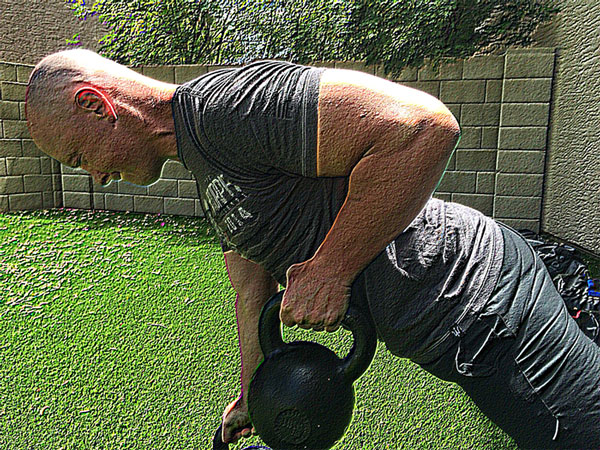
Dan John is famous for the exposing the fitness world to an action-oriented quote from the legendary wrestler and coach, Dan Gable:
“If it is important you should do it every DAY!”
This idea has subsequently taken hold of the kettlebell—specifically the kettlebell swing. You don’t have to search hard to see the swing implemented in a huge variety of daily practices. The kettlebell swing’s extreme popularity has spawned a ton of swing challenges and a nearly obsessive quest to swing heavier and heavier kettlebells.
While the kettlebell swing is undeniably a great, unique drill—and a drill best suited to the kettlebell, I find it perplexing how the kettlebell swing has come to totally dominate the kettlebell landscape.
Unfortunately, the kettlebell snatch—deeply important to our kettlebell heritage—seems to be much less popular. I suspect this has happened because the kettlebell swing is extremely accessible and great for getting folks involved with kettlebell training. But, the kettlebell is much more than just a one trick pony. And while the kettlebell swing is very popular and powerful, we shouldn’t think that it can carry over to absolutely every attribute of physical culture.
This post contains my personal biases and appreciations of the kettlebell snatch as a move that combines violence and art. As a member of the kettlebell community, just like you, when I first learned about kettlebells, I was challenged by the trials and triumph of the kettlebell snatch.
Imagine for a moment if we as a COMMUNITY snatched every week. Imagine the knowledge we’d gain from honing that skill. And, having a common dialog in our community has always added depth to relationships within.
The swing is undoubtedly the “gateway drug” of kettlebell lifting. These days it seems like every Tom, Dick, and Jane Fonda is trying to teach kettlebells swings… And while WE KNOW the best practices, and correct techniques, the consumer does NOT.
The kettlebell snatch can be our OPPORTUNITY to stand out as practitioners and coaches. Even though the snatch is an advanced drill and many people are not yet ready for it, it is extremely valuable as a rite of passage.
In 2012, American Council on Exercise (ACE) choose the kettlebell snatch as the subject of their study on the effectiveness of kettlebell training. If a non-biased organization like the ACE found enough value to fund research using the kettlebell snatch, shouldn’t we pay more attention to it?
If you’re still skeptical about the teachable value of the snatch, consider the three ways that the kettlebell snatch differs from the kettlebell swing:
- Fewer people are familiar with the lift
- The weight travels a greater distance
- The move has a defined “catch” at the top of the movement—a n0n-debatable end point.
During RKC testing, there is a lot of anxiety and pressure associated with the snatch test. The test–whether someone has passed or not–should not be the end of practicing the kettlebell snatch. Training with the kettlebell snatch can benefit you for a lifetime with the following:
Power: One of the first things to diminish as we get older—unless we take action.
Mobility: If you are not yet mobile enough to get your arms overhead for snatching, then it is time to work on mobility. Snatches can help maintain that mobility as well.
Stability with integrity: kettlebell snatches involve an asymmetrical load and anti-rotational training.
Conditioning: You can do a lot MORE work in less time (the ACE study supports this finding).
For most people, snatching in the context of the RKC snatch test is just too difficult. It can be uncomfortable and might even make some people a little nauseous! But that doesn’t mean that the drill itself is “too hard to teach”. The snatch is a more complex movement to teach than kettlebell swings, but isn’t rocket science either.
It takes a real coach to teach a snatch, because the margin for error is slimmer than with other drills—but part of why we are all part of the RKC community is to coach people UP. The sense of accomplishment we can help people achieve with good kettlebell snatches is incredible!
My challenge to the community is to Live the Standard Every Week.
Here are 7 examples of what 100 snatches per week might look like:
- Option #1 – Lateral Stepping: 5 sets 10/10 with a medium to medium-light kettlebell
- Option #2 – Sprinter Stance: 10 sets for 30 seconds of work and 30 seconds of rest with a medium-light to light kettlebell
- Option #3 – Low Volume / High Load: 10-12 sets 5/5-4/4 with a heavy to medium-heavy kettlebell
- Option #4 – High Volume /Low Load: 2 sets 25/25 medium-light to light kettlebell
- Option #5 – Complex Every Min on the Min for 10 Total Minutes: 10 snatches and on odd-numbered minutes do two kettlebell front squats. On even-numbered minutes, do one windmill
- Option #6 – Tempo: 2 snatches every 15 seconds for 13 minutes with a medium to medium heavy kettlebell
- Option #7 – Test or Modified Test: Take the RKC Snatch Test. Try to improve your performance, increase your pace, perform more reps in the allowed five minutes, or try it with a heavier kettlebell. See if you can do more than 50 reps in half the time as an experiment. Always track and document your results.
**IMPORTANT DISCLAIMER: All of these options were written under the impression that the trainee is able to complete the RKC Snatch Test—which roughly equates to doing one snatch every three seconds**
https://youtu.be/Op_aNN_0v1o
While swings are definitely useful, unique, and accessible as a primary ballistic lift, even more athleticism can be gained by also practicing the kettlebell snatch. I challenge you to raise the bar—or rather raise the kettlebell into the snatch position and get to work! Live the standard as a practitioner, a coach, and as a community.
***
Troy M Anderson, RKC Instructor, DVRT Master Instructor is a farm kid driven to spread the good word of the ACCESSIBILITY of kettlebells, sandbags, bodyweight training, and UN-Apologetic Living. His website, Alpha Kettlebell also features many kettlebell workouts: https://alphakettlebell.leadpages.net/kbwod/
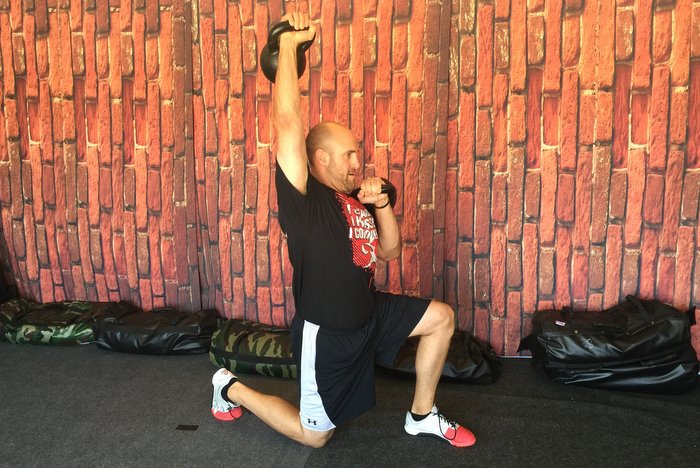
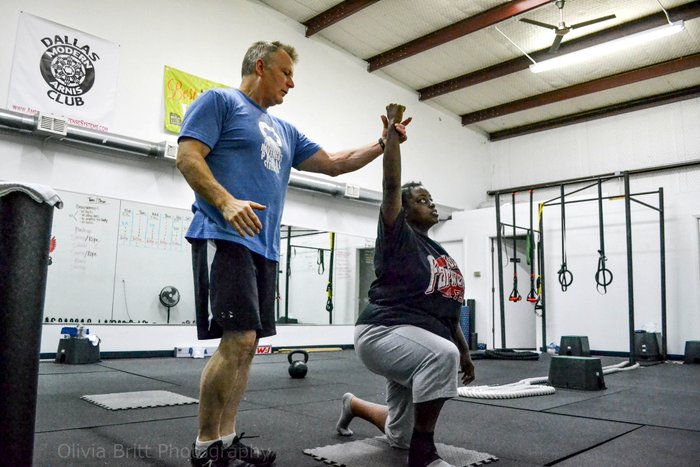
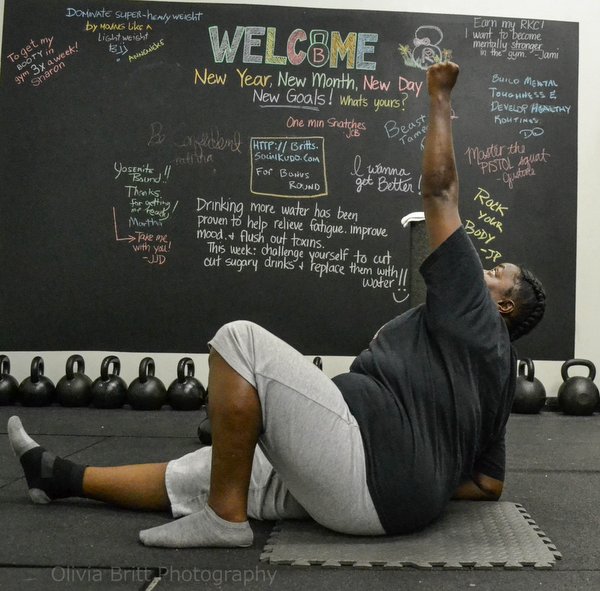
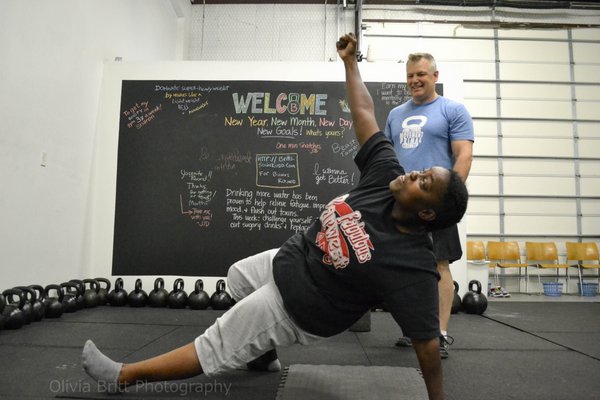
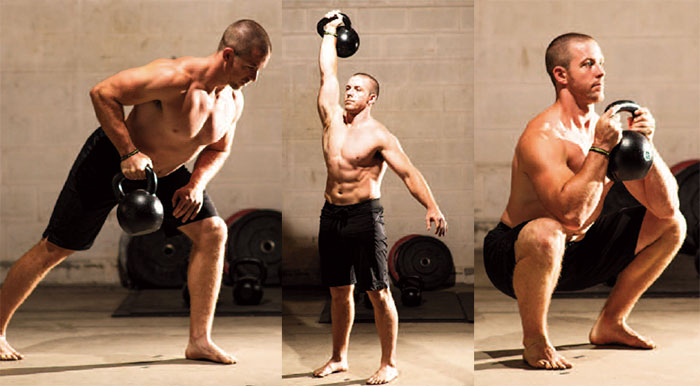
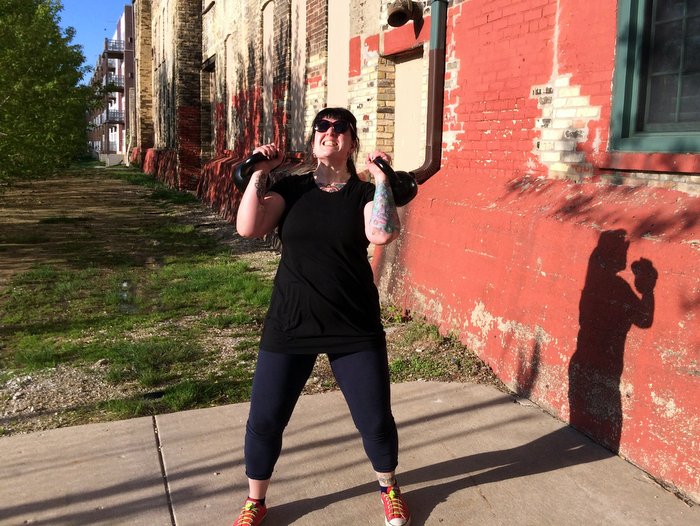


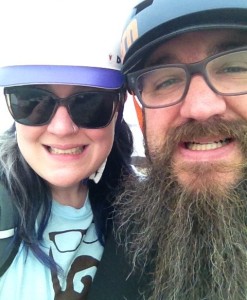
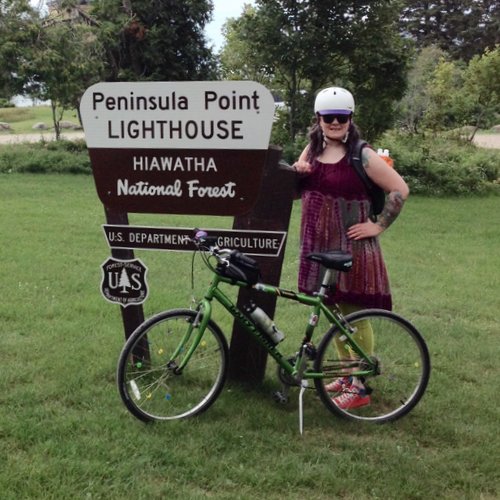
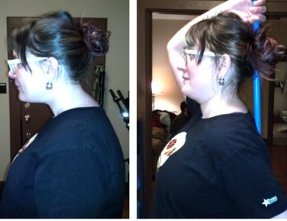
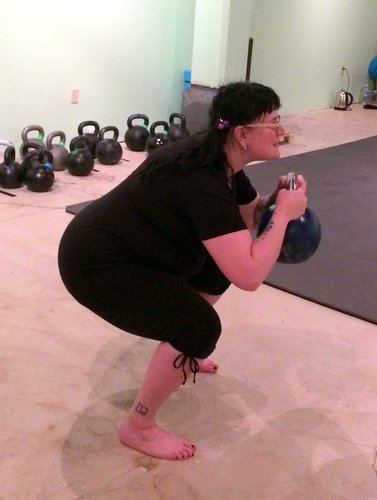


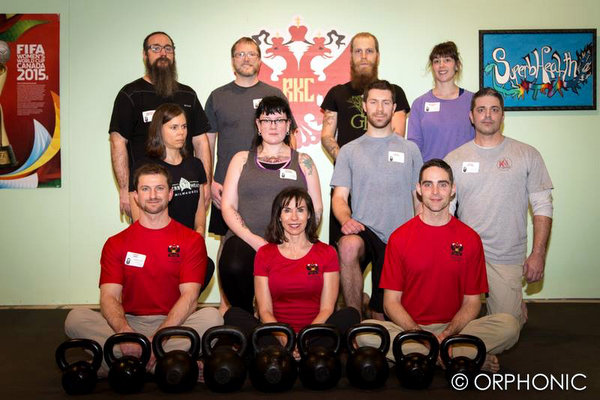

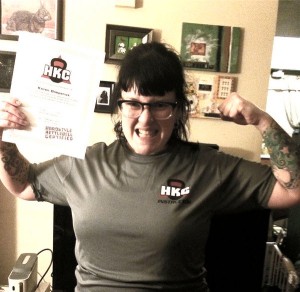
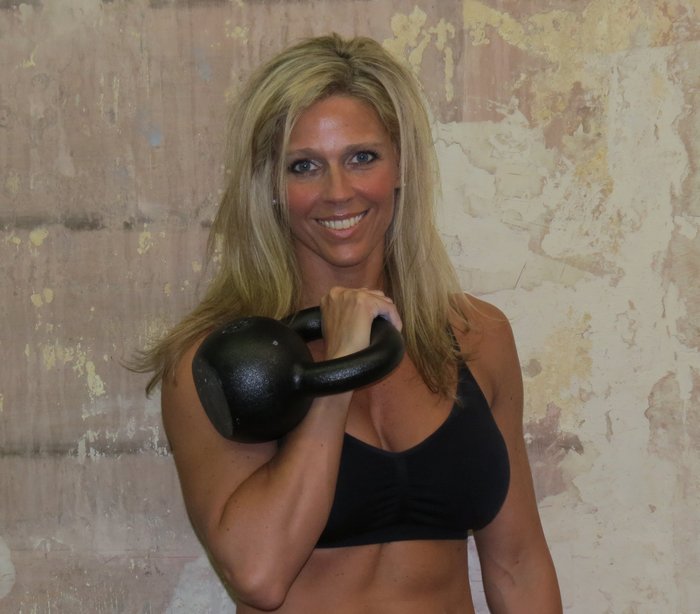
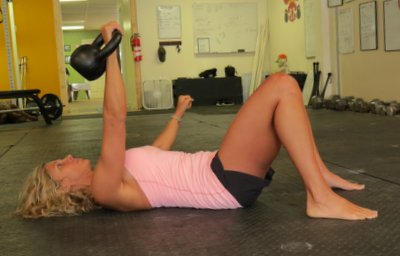
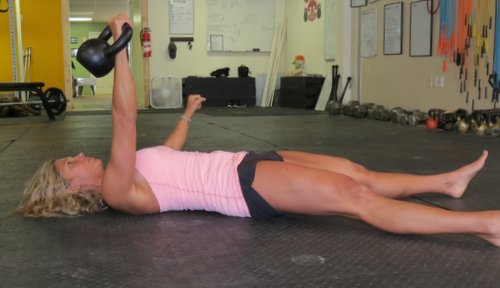
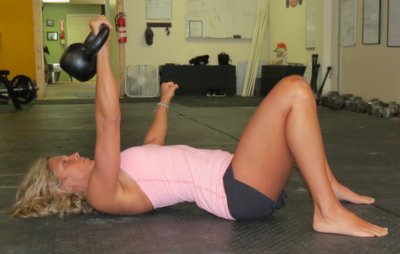
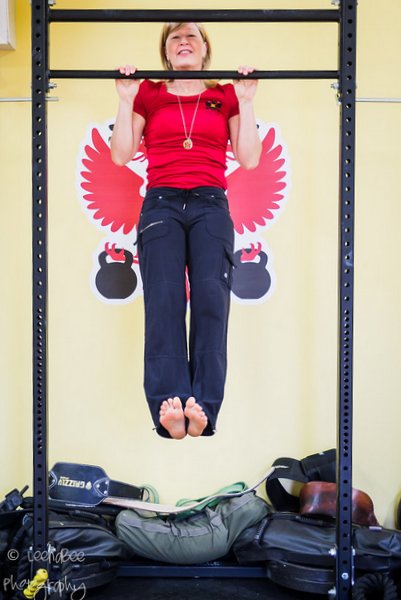
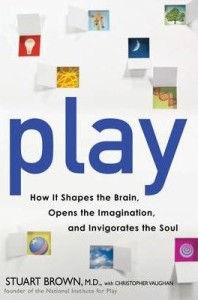 You can encourage creativity by using different fitness tools and combinations of movements that feel physically and mentally freeing, while still conditioning and challenging the body and the mind.
You can encourage creativity by using different fitness tools and combinations of movements that feel physically and mentally freeing, while still conditioning and challenging the body and the mind.